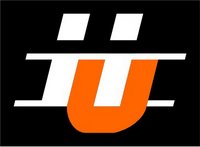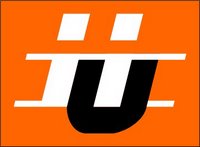Anyway, the vocabulary in HoL has been challenging me. Here's a few new words I've learned:
- sabin
- aphonia
- scarification
- tenebrific
- tessellated
- celerity
- phillumenist
- prolix
- exegesis


I've left some expansion room to the right side, where the interchange track comes in. Where I intend to place the layout in my basement, I have another seven feet of shelf space about a foot wide. I've elevated the back side about 3/4" from the front to give a little interest to the terrain but the setting is essentially urban. The yard consists of 3 sorting tracks and a RIP track, with an engine terminal off the runaround. The right side of the loop also serves as the switching lead. The short siding crossing the yard lead serves a small freight station.
I've got the base built and a layer of foam on top of that. I've test fitted the track and will be ready to lay roadbed as soon as I purchase or manufacture the 3% grade inclines on get to the back industrial area.
Photos of progess to follow soon.


When applied to locomotives, the horizontal stripes exend the length of the cab.
The era I am modeling is the early '60s. Steam has been completely phased out so the loco' fleet is entirely diesel or diesel-electric. A future expansion will model an interchange with a Grand Trunk double-track main, so some loco's from other railroads may operate on the IUI.
Here's the complete track plan: 
The 2' X 4' section in yellow is the future addition. The darker colored track near the top is hidden from view by buildings, backdrop, whatever. Structure placement and the layout of the downtown area on the right side is preliminary.
I still have to nail down the industries on the IUI. Some ideas include a pertroleum refinery, a couple of freight stations, a piano factory, a furniture factory, a brewery and/or bottling plant, a lumber yard, and distributers (in town) of fruit and bottled goods.